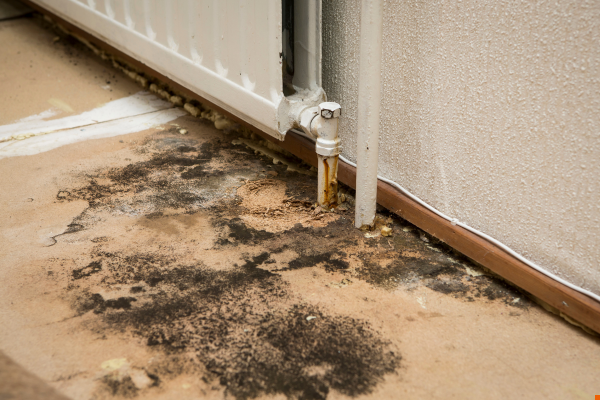
What’s That Smell?? Mold – The New ‘Asbestos’
E. Mitchell Swann, P.E.
MDCSystems®
Consulting Engineer
Mold cases have become almost as prolific in the legal world as the little fuzzy devils themselves in the real world. Mold is a hot topic and claims associated with mold, mildew and related IAQ issues including EIFS leaks and failures have multiplied at an exponential rate. When faced with a mold claim, there are some basic steps that should be taken before dispatching the chlorine bleach strike force. You must keep in mind that mold is ubiquitous in the environment – it is the types and concentration levels that are key. The extent to which any given person will react negatively to a mold is extremely variable as well.
- First, ascertain the current condition of the site and the site’s most immediate ‘occupancy state’ prior to the claim. This assessment may include site visits, photos, air and surface sampling and testing of furnishings, finishes and other materials which might serve as a ‘platform’ for mold growth. Establishing the baseline condition will be critical.
- If samples are collected, the samples should be submitted to a qualified laboratory for analysis. It is important that the lab have the appropriate expertise to differentiate genera and species of the viable contaminants found – and they WILL be found!
- To the extent that mold, fungi or spores are discovered, it is important to evaluate the types and concentrations of organisms found with respect to the condition of the property at the time of discovery. Mold growth can accelerate rapidly in spaces with high RH levels – this is a common problem when testing in spaces which have been ‘closed up’ for any extended period of time prior to testing. A test done immediately after ‘opening up’ the space will probably result in a ‘spiked’ reading.
- Identify the source points for any water intrusion and correct those issues immediately. Repair or replace any damaged materials as well.
- Determine if the complainant has reported any adverse medical or health conditions that have been attributed to the mold situation or have been connected ‘medically’ to the mold exposure.
Reducing the opportunity for mold growth during construction requires a broader focus than simply traditional ‘quality control’ of the installed work. The composition, shipping and storage of construction materials as well as how those materials are handled, installed and protected after installation are all key factors in mold growth prevention. MDCSystems® is currently handling several mold cases for both owners and contractors. Let us help you and your client identify, analyze and evaluate your mold situation and develop an appropriate course of action. Mitch Swann is a Vice President at MDCSystems®. He has over 20 years of extensive experience on both domestic and international projects in the areas of consulting, design engineering, construction, project and departmental management, forensic engineering and construction claims analysis. Mr. Swann is frequently a national and international speaker and lecturer for several professional organizations.



0 Comments